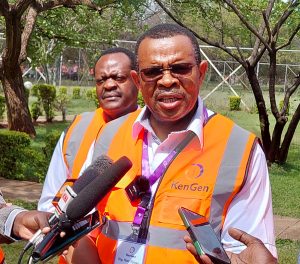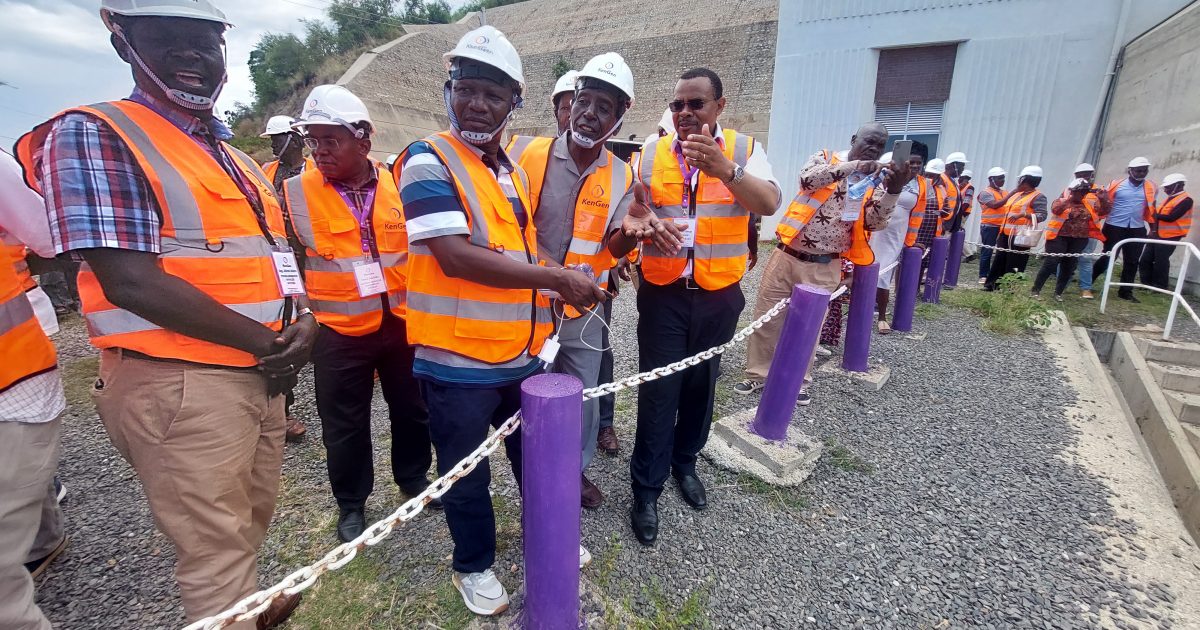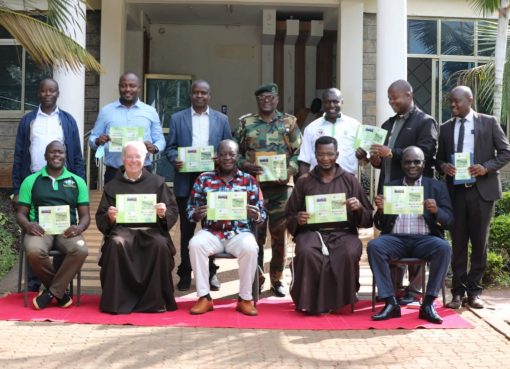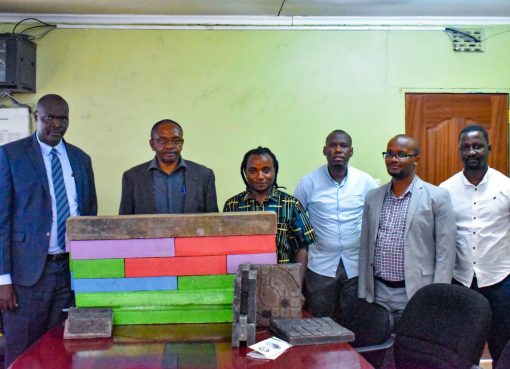The cost of power is set to come down following the onset of intensified rains which have stabilized water levels at power generation dams across the country.
Kenya Electricity Generation Company (KenGen) Chief Executive Officer (CEO) Eng. Peter Njenga said the company targets to take advantage of the rains to scale up hydroelectric power generation.
This, he said, would see the company avail more power onto the national grid at a reasonable price which he said will translate into a ripple effect on the cost of the commodity for consumers.
“We are going to leverage on our experience to harness and improve efficiency in power generation to ensure better prices of power in the country,” he said.
Speaking during a shareholder’s tour of Sondu-Miriu Hydroelectric power project in Kisumu County, the CEO said hydroelectric power remains the cheapest form of energy in the country adding that the company would continue to work on the generation plants to enhance efficiency.
“Collectively our hydropower plants generate an astounding 826 Megawatts representing 46 percent of the total energy output for our company,” he said.

To stabilize power in the country, KenGen, he said, was set to invest in solar energy to augment other power sources.
This, he added, would see the giant power generator capitalize on solar power generation during the day and hydroelectric generation during the night to ensure steady supply round the clock.
“We have embraced a forward looking strategy that embraces renewable energy, aligning us with the prevailing green energy trends that are reshaping our industry,” he said.
KenGen Board Chairman Julius Ogamba lauded the Cabinet’s recent approval of the Gogo Hydropower redevelopment project in Migori County.
The initiative, he said, was poised to elevate the plant’s electricity generation capacity from its current 2 megawatts to 8.6 megawatts.
Apart from stabilizing power in Nyanza and Western regions, the project, which is set to be completed in 36 months, he added would create job opportunities and stimulate socio-economic activities in the region.
By Chris Mahandara





